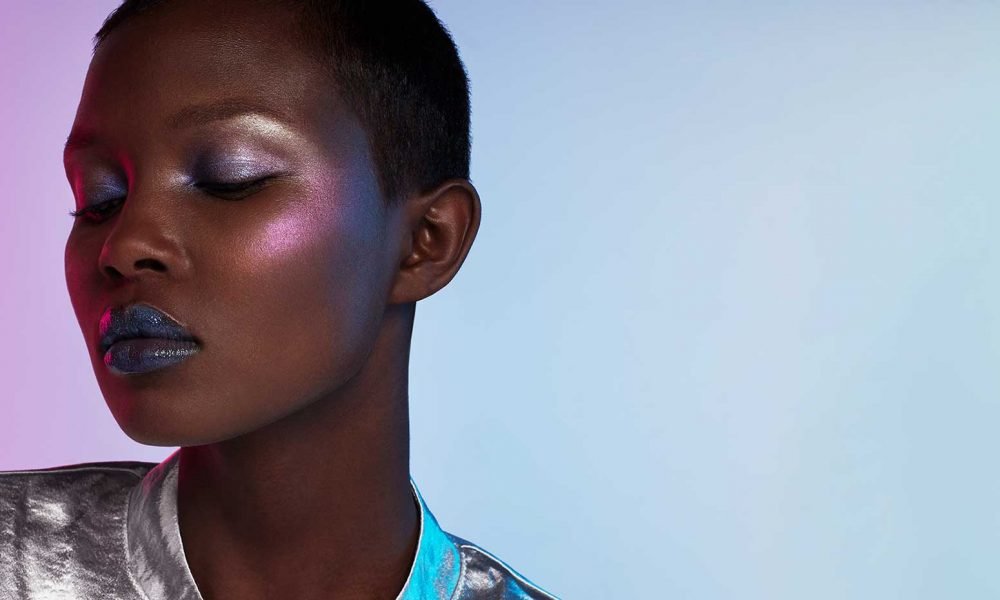
L’Oreal Cosmetic Sales Rises on The Back of Strong Chinese Demand

Chinese Shoppers’ Demands
The increased demand of Chinese consumers for luxury skin products, particularly creams contributed to L’Oreal’s success in outperforming sales forecasts in the 4th quarter of 2018 as it picked up in the mass market division.
Just like its rivals such as Estee Lauder, maker of Urban Decay and Maybelline, the company’s make-up sales have continued to thrive on the Chinese shoppers’ strong demand in the past couple of years particularly for the higher-end products it offers.
The sales of its top-flight brands superceeded the expectation of analysts in the last three months of 2018 all thanks to the Chinese market. The strong performance came in regardless of China’s cooling economic growth as well as fears concerning a possible US-China trade war.
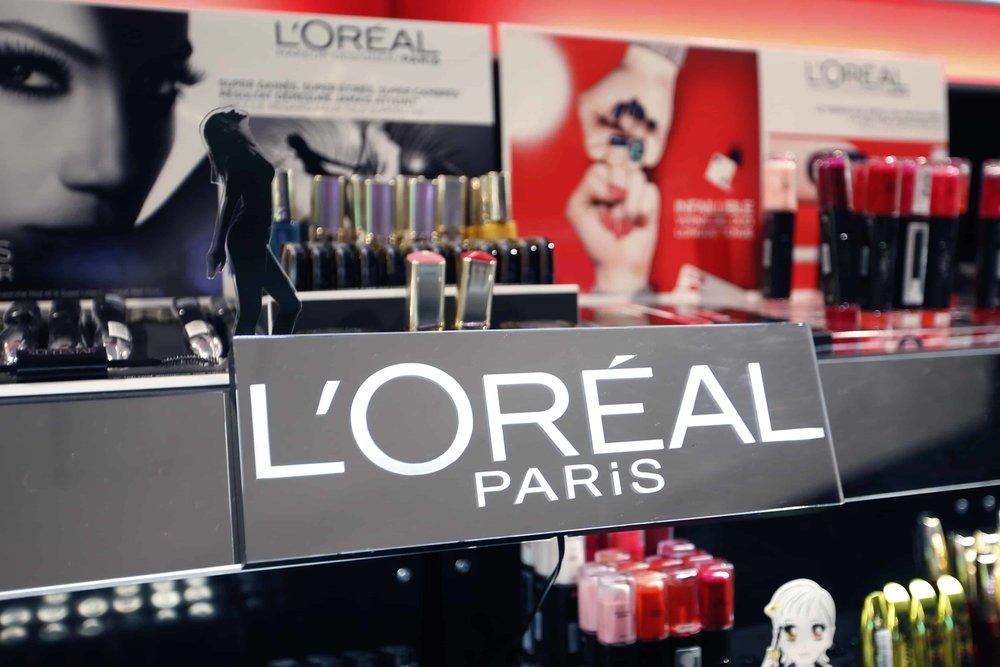
The sales of L’Oreal’s top-flight brands superceeded the expectation of analysts in the last quarter of 2018, all thanks to the Chinese market
General Industry Performance
Other major players in the industry such as Louis Vuitton also reported that they had recorded impressive momentum in the region. For L’Oreal, Asia Pacific successfully overtook North America to become the brand’s biggest region in 2018.
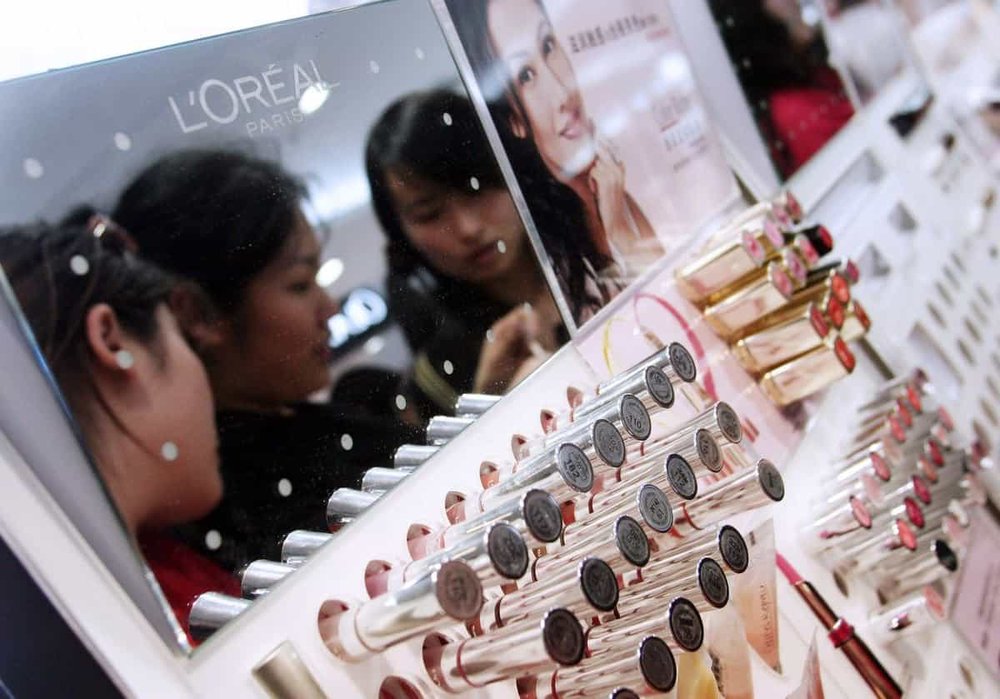
the Asia Pacific successfully overtook North America to become L’Oreal’s biggest region in 2018.
However, the French cosmetic maker is ready to deliver the details of its result, and it is currently facing a lot of challenges with regards to improving its revenue growth in some other areas. That includes the brand’s consumer product unit housing brands such as Garnier shampoo. The sales surged to 2.8% in that division in this past quarter which was an increase from the 2.3% from the quarter before. That has helped it boost its overall sales up to 7.7% for like for like as well as a 4.6% rise for its head of forecasts that came in at $8.1 billion.
However, even with the performance, the mass market sector is still slightly lagging the performance of counterparts such as Unilever, owner of Dove soap and, Beiersdorf, maker of Nivea. L’Oreal also said that its market in the United Kingdom and France were being sluggish.
Even though its United Kingdom market only accounts for 3% of its entire sales, L’Oreal has joined other businesses in preparing for the potential exit of Britain from the E.U and so it has begun to stockpile its cosmetics.
Current Expectations
According to sources, the company still holds expectations that it would outperform the general beauty market this current year. That is regardless of the fact that it seems its outlook for 2019 appears a little less bullish than what it was in 2018 as it forecasted growth both in its sales and profits as against just significant growth.
L’Oreal’s operating profit for the whole of last year rose by 5.3% to 4.7 billion euros. That accounted for a margin of nearly 18.3% of sales, an increase from a previous 18 percent record of 2017.
Recently, an activist investor has put pressure on Nestle, one of the biggest shareholders of the company with a 23% stake, to sell the stake it holds in L’Oreal. However, neither L’Oreal nor Nestle has given anything away to signify that Nestle would yield to that pressure.
History of L’Oreal
L’Oreal first started its operation when a French chemist named Eugene Schueller created a very different type of hair dye formula that he gave the name Aureale. He began to create his products and sold them to hairdressers in Paris. Later, in 1919, he registered the company. The company’s name later changed to L’Oreal. By the year 1984, it had more than 1,000 chemists in its employment.

L’Oreal started when a French chemist created a very different type of hair dye formula and sold to hairdressers in Paris
Today, the number has increased to over 20,000 and the company has been rightly described as one of the biggest cosmetics company globally. In a bid to maintain its top position in the industry, the company embraces innovation. Last year, it began to make use of digital technology for the augmentation of in-store experiences.
The company has over the years stayed true to supplying products to other retail businesses to sell. L’Oreal, however, now owns different branded retail locations both in Paris and in different locations all across the world.
Its stores offer customers a wide range of services such as beauty advisers that help clients. Also, there are digital features such as Makeup Genius app and Nail Genius app designed to give the customers an improved experience.
More in Finance & Business
-
`
Santo Spirits: Sammy Hagar and Guy Fieri’s Joint Venture
In the world of business partnerships, some combinations might seem unconventional at first glance. But when you delve deeper into the...
November 16, 2023 -
`
Everything You Need to Know About Mortgage Rate Lock
You have probably embarked on the exciting yet nerve-wracking voyage of purchasing a home. Amidst the sea of paperwork, open houses,...
November 9, 2023 -
`
7 Effective Ways to Make Your Business More Sustainable
In an age of rising environmental consciousness, making your business more sustainable isn’t just a trend; it’s a necessity. Sustainable practices...
November 3, 2023 -
`
Housing Market Going Up? Then Why Not Rent?
“Buy a house! It is the best investment!” How many times have you heard that? Probably enough to make a drinking...
October 29, 2023 -
`
Surprising! Celebs Who You Didn’t Know Had a Master’s Degree
When it comes to celebrities, we often associate them with glitz, glamour, and blockbuster movies. But did you know that some...
October 17, 2023 -
`
Navigating the Housing Maze: The 7% Mortgage Rate Quandary
If there is one thing that this year has thrown our way (apart from those fascinating tech gadgets we did not know...
October 12, 2023 -
`
Where to Buy a House in the U.S With a $100K Salary
Got a cool $100,000 annual paycheck in your pocket? Cheers to that accomplishment! With such a financial cushion, dreams of homeownership...
October 6, 2023 -
`
The “Grave” Housing Crisis Forcing U.S. Homeowners to Sell Their Houses
Every culture has its dreams and aspirations. For those living in the United States, it has traditionally been an idyllic house, spacious and...
October 1, 2023 -
`
Why Private Equity is Betting Big on Hollywood
Hollywood has long been a glamorous yet unpredictable industry. But what is new in Tinseltown? Private equity investments. Yes, that is right!...
September 19, 2023

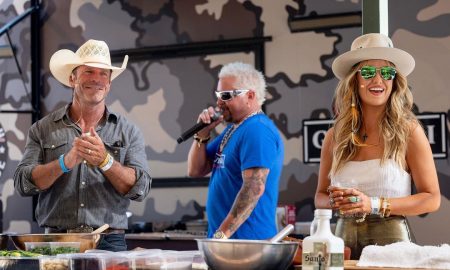
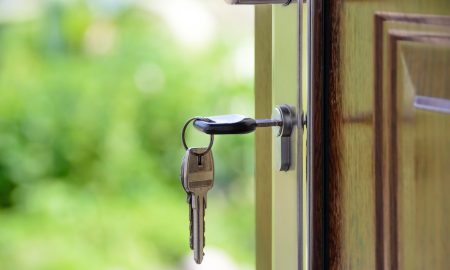
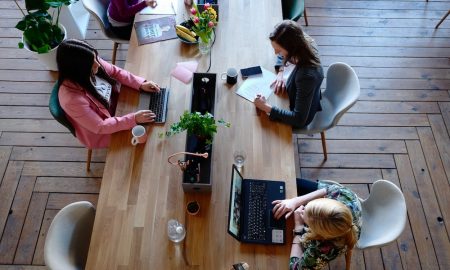
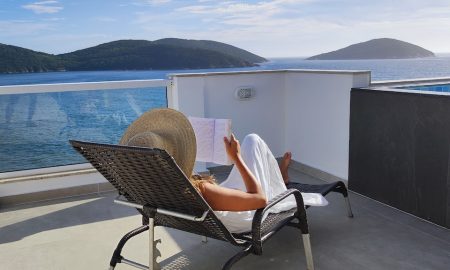
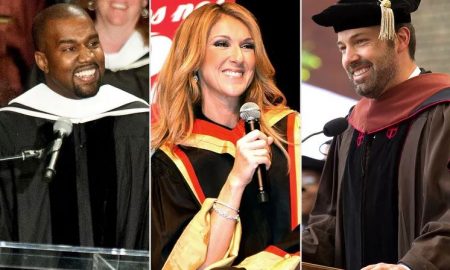
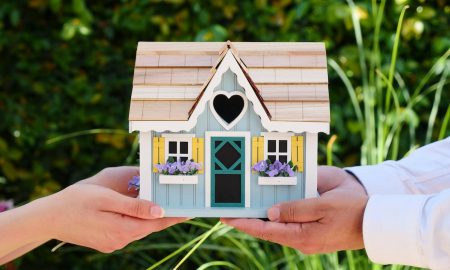

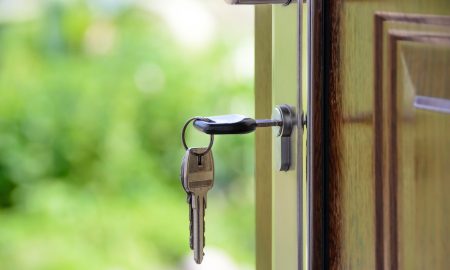
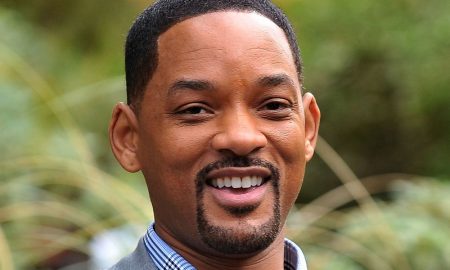

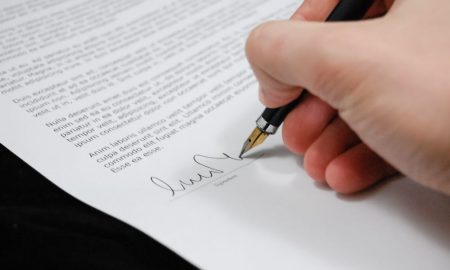
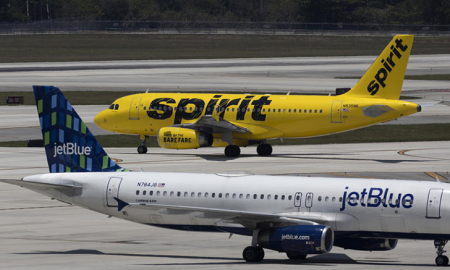
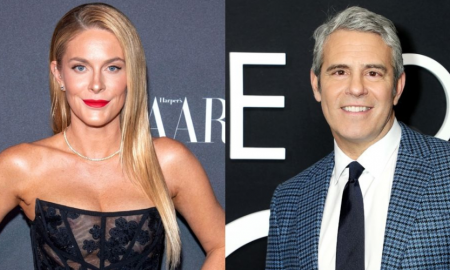
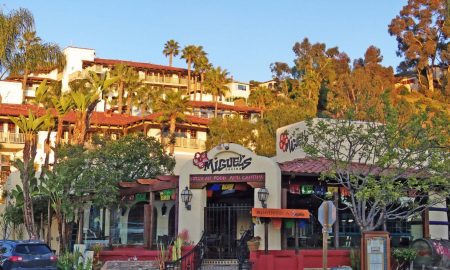
You must be logged in to post a comment Login